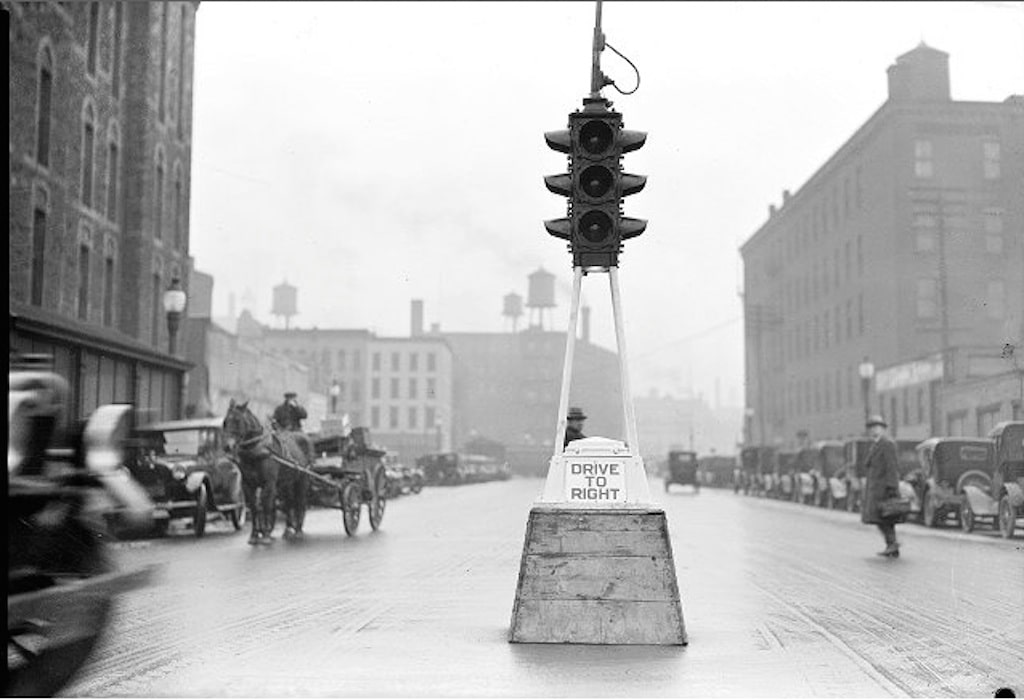The first streetlights in america were installed in philadelphia around 1757

The First Streetlights in America: Shedding Light on History
Image source: Stouch Lighting
As we stroll along the well-lit streets in our cities, it’s easy to take streetlights for granted. We often forget that there was a time when darkness enveloped urban landscapes as soon as the sun set. But did you know that the birthplace of street lighting in America was none other than the city of Philadelphia? Around 1757, this historical city took its first steps in illuminating its streets, marking a significant milestone in the annals of American history.
 Image source: The Detroit Bureau
Image source: The Detroit Bureau
The establishment of streetlights in Philadelphia was not driven by mere convenience. With the rapid growth of the city, concerns over public safety and crime prevention were on the rise. Dark streets provided cover for criminals and hindered law enforcement’s efforts to maintain order. Recognizing the need for brighter streets, the city acted upon the concept of street lighting.
The first streetlights were oil lamps mounted on wooden and iron posts, which were manually lit each evening and extinguished at dawn. These lamps, although limited in their reach, successfully illuminated key thoroughfares, increasing safety and instilling a sense of security among Philadelphians. The early streetlights were not only functional but also symbolic, representing progress and prosperity for the city.
The installation of streetlights in Philadelphia paved the way for other American cities to follow suit. As word spread, street lighting installations became more prevalent throughout the United States during the 18th and 19th centuries. The technology, however, went through several transformations over time, transitioning from oil lamps to gas lamps and eventually to electric lamps.
In the mid-19th century, gas lamps replaced oil lamps in many cities, including Philadelphia. Gas lamps provided brighter and more reliable illumination, making the streets safer than ever before. Later on, with advancements in electricity, electric lamps took over, introducing a new era of illumination characterized by even greater efficiency and sustainability.
The historical significance of Philadelphia’s pioneer streetlights cannot be overstated. It marked a turning point in American urban development, as improved public lighting became an integral part of urban planning and design. Street lighting not only enhanced safety but also contributed to the overall aesthetics of cities, helping to shape their identities.
Today, streetlights have evolved into highly sophisticated systems, incorporating smart technologies that monitor traffic, conserve energy, and reduce light pollution. The humble oil lamps of Philadelphia’s past have laid the groundwork for cutting-edge lighting solutions that benefit cities worldwide.
To delve deeper into the fascinating history of street lighting in America, you can visit this source for more information.
Share
Related Posts
Quick Links
Legal Stuff

